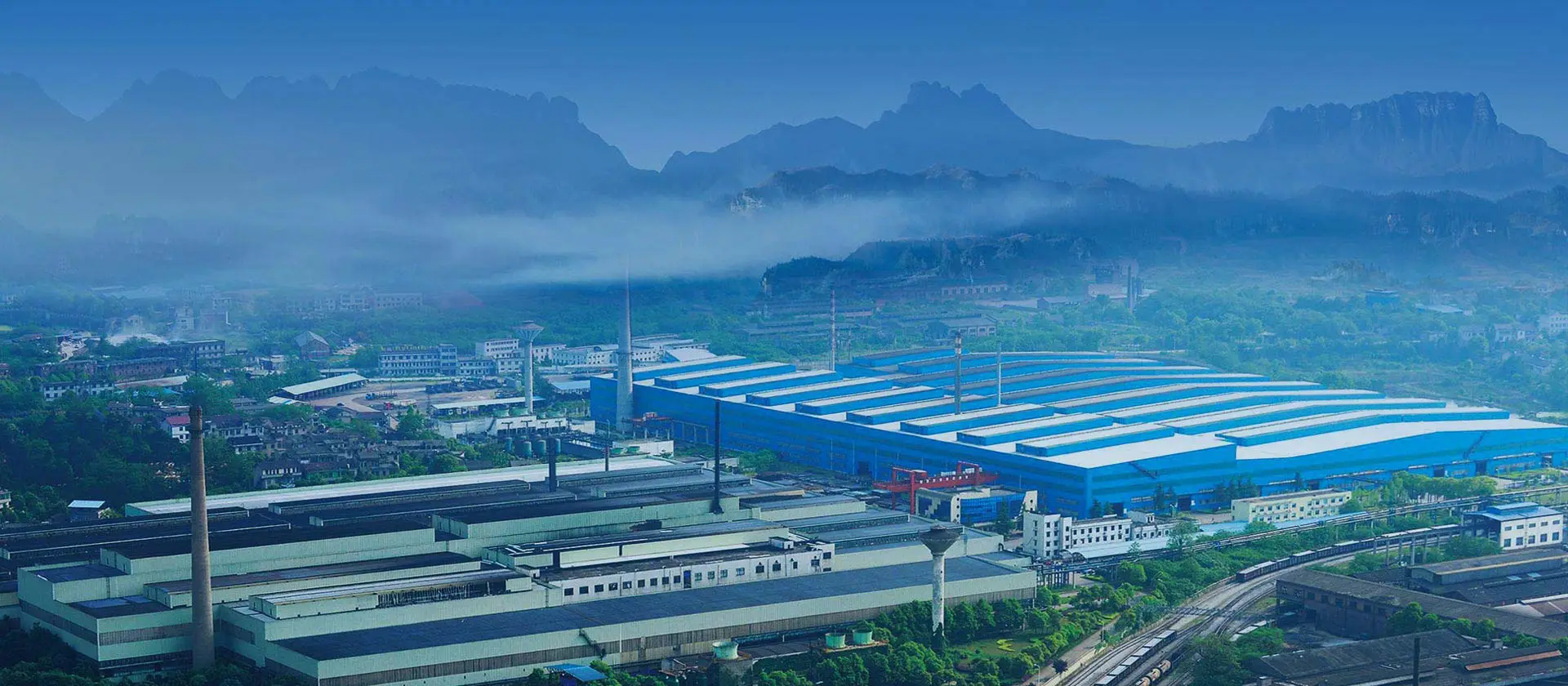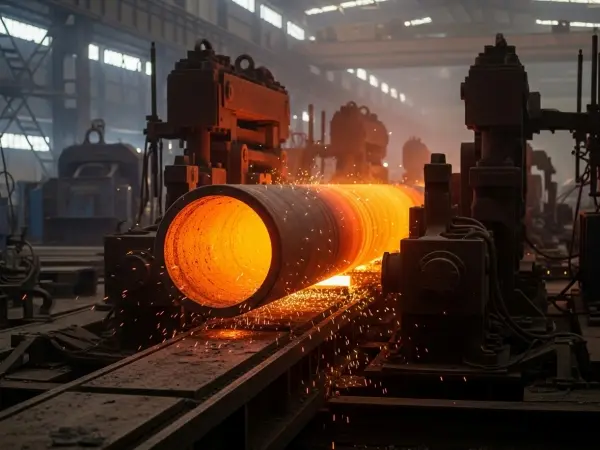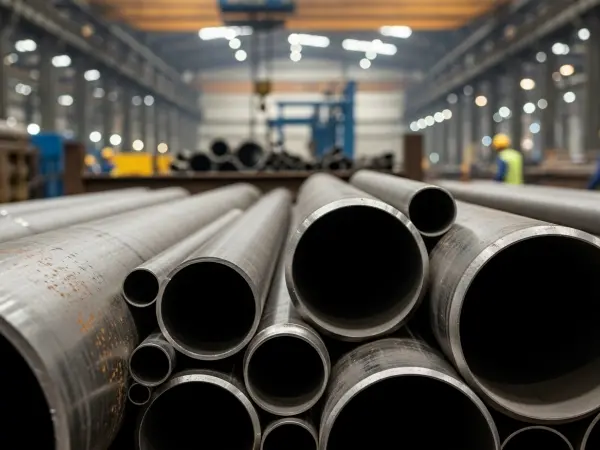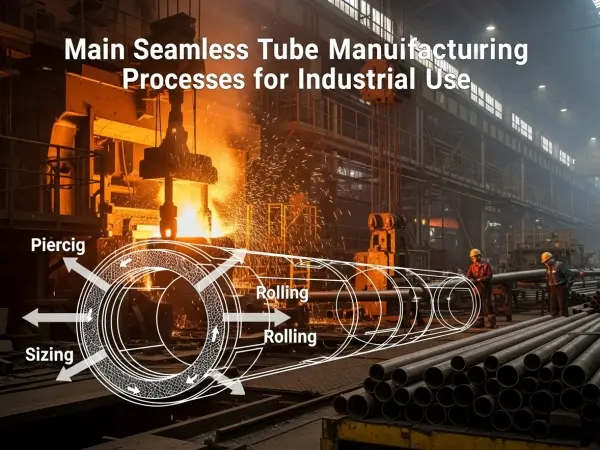
The oil and gas industry relies heavily on pipelines to transport crude oil, natural gas, and petroleum products over long distances. Among the many types of steel pipes available, API 5L seamless line pipe stands out for its reliability, strength, and ability to perform under high-pressure and high-temperature conditions. Understanding how this pipe is manufactured helps engineers, procurement specialists, and project managers make informed decisions when selecting materials for pipeline projects.
API 5L is a specification developed by the American Petroleum Institute (API) that covers steel line pipes for conveying oil, gas, and water. The standard defines chemical composition, mechanical properties, testing methods, and quality control procedures. Within this specification, seamless line pipe refers to pipes produced without a longitudinal weld seam, offering superior uniformity and performance in demanding environments.
Seamless manufacturing is especially critical for applications where toughness, pressure resistance, and long service life are required. That is why API 5L seamless line pipe is widely used in upstream, midstream, and downstream pipeline systems.
The process begins with solid round steel billets. The chemical composition of these billets must meet API 5L requirements for carbon, manganese, sulfur, phosphorus, and other alloying elements. Strict inspection ensures that only qualified billets move forward.
Billets are heated in a rotary hearth furnace to approximately 1200°C. Once the billet reaches the right temperature, it is pierced using a rotary piercer or cross-roll piercer to create a hollow shell. This step is critical in forming the base of the seamless pipe.
The pierced billet, now a hollow tube, goes through elongation mills (such as the mandrel mill or plug mill). These mills stretch the tube to the desired diameter and wall thickness. Continuous rolling ensures uniform thickness and high dimensional accuracy.
Heat treatment processes, such as normalizing, quenching, and tempering, are applied to enhance the pipe’s mechanical properties. Depending on the required API 5L grade (e.g., Grade B, X42, X70), heat treatment conditions may vary. This step improves toughness, hardness, and resistance to cracking.
The pipe is passed through sizing mills to achieve precise outside diameter and wall thickness. Straightening machines are then used to eliminate bends and distortions, ensuring the pipe is suitable for high-performance applications.
To meet API 5L standards, seamless pipes undergo multiple inspections:
· Ultrasonic testing (UT): Detects internal defects.
· Eddy current testing (ECT): Identifies surface flaws.
· Hydrostatic testing: Verifies pressure resistance.
Only pipes that pass these rigorous tests can be certified as API 5L seamless line pipe.
The final step includes end-facing (beveled or plain ends), cleaning, protective coating, and marking. Each pipe is stamped with essential information: API 5L designation, grade, manufacturer, heat number, and dimensions.
Compared with welded line pipes, seamless pipes eliminate the weld seam, which is often the weakest point under stress. This provides higher pressure resistance, better uniformity, and longer service life in critical applications such as offshore pipelines, sour service environments, and high-pressure gas transmission.
The manufacturing process of API 5L seamless line pipe combines advanced metallurgy, precision rolling, heat treatment, and strict quality inspection. From billet selection to non-destructive testing, every step is designed to ensure durability and performance under demanding oil and gas pipeline conditions. For engineers and procurement teams, understanding this process is essential when choosing the right material for reliable and safe pipeline projects.


